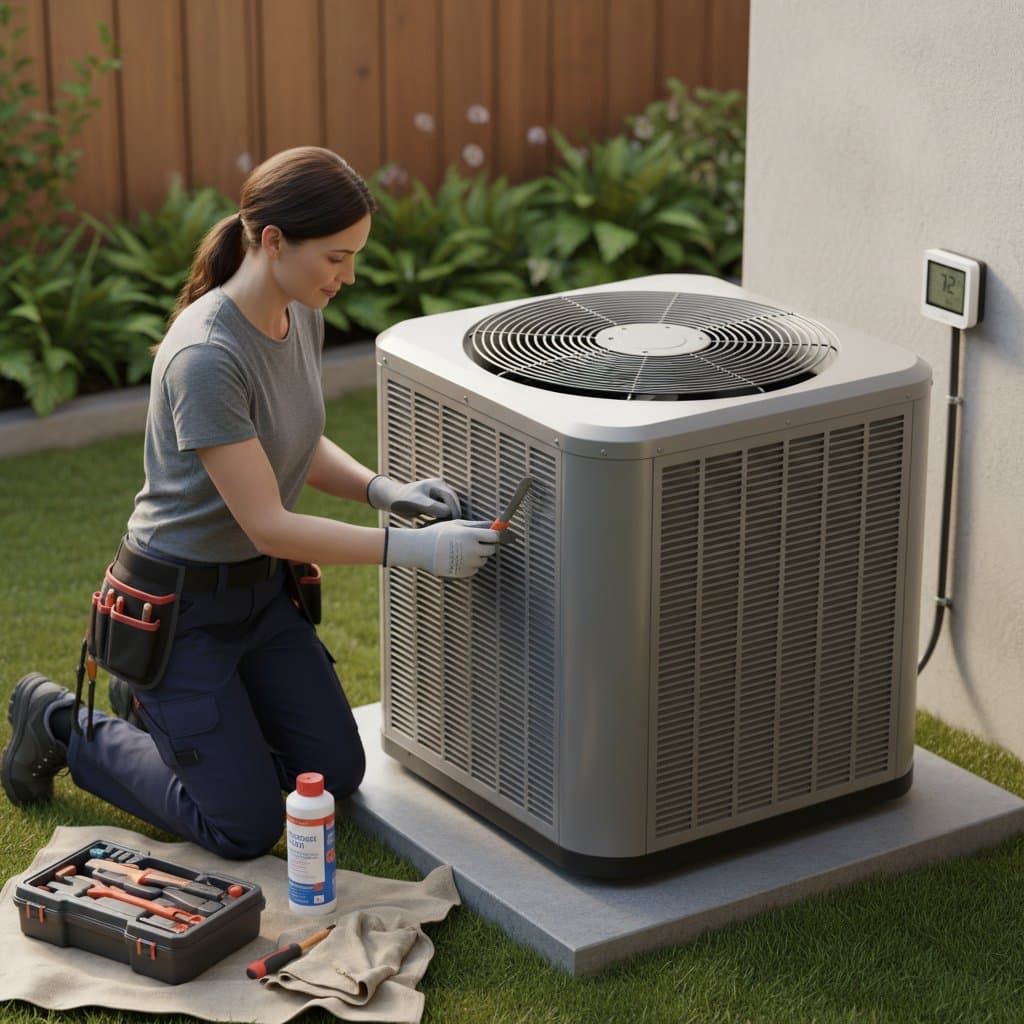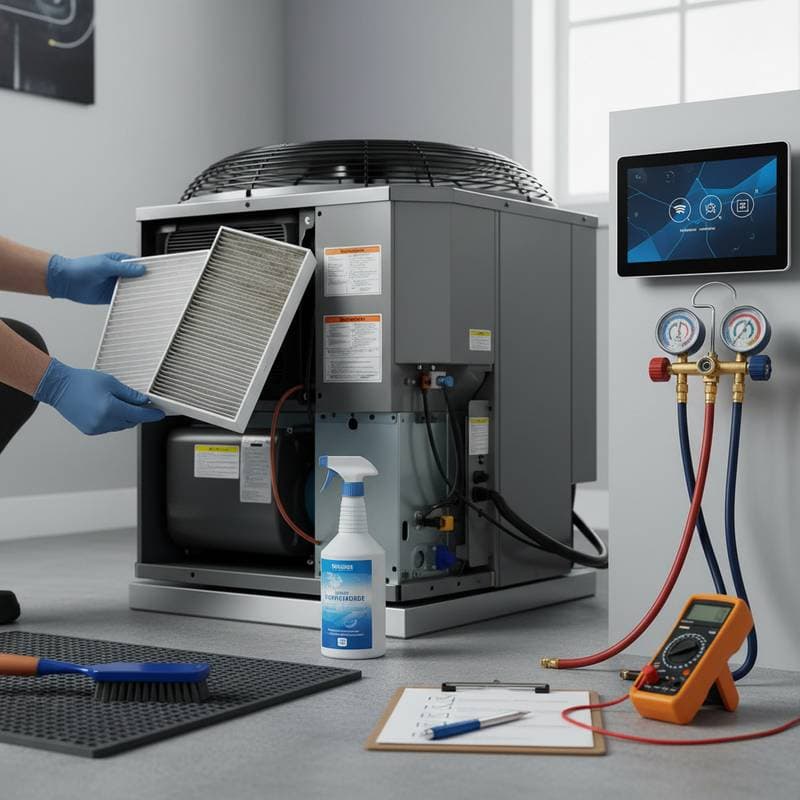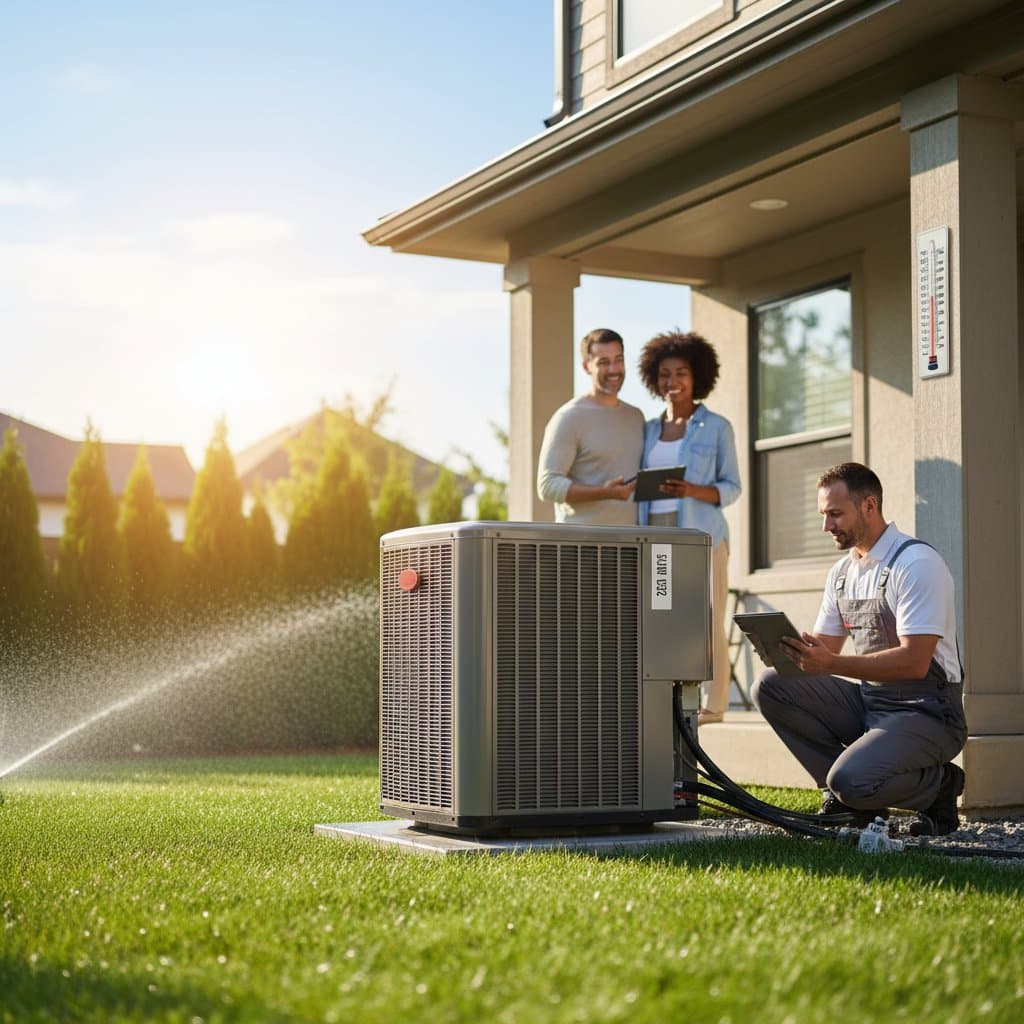Prepare Your HVAC for Winter: Essential Fall Checklist
As temperatures drop, your HVAC system takes center stage in delivering home comfort. Proper preparation ensures lower energy bills and minimizes the risk of urgent repairs during harsh winter conditions. Fall provides an ideal window to inspect, clean, and optimize components before demand peaks. This guide offers homeowners a complete checklist, including actionable steps, safety considerations, and professional advice to maintain heating performance throughout the season.
Key Benefits of Early HVAC Maintenance
Early attention to your heating system yields significant advantages for efficiency, health, and longevity.
-
Improved energy efficiency
Clean filters and optimized fans promote unrestricted airflow. The system operates with less effort to deliver consistent warmth, potentially reducing energy consumption by up to 30 percent. -
Better indoor air quality
Dust, pollen, and mold accumulate in ducts and filters over time. Thorough cleaning eliminates these contaminants, preventing their distribution throughout living spaces and supporting respiratory health. -
Safer operation
Fuel-burning furnaces can generate carbon monoxide if vents or combustion areas are compromised. Routine inspections of venting systems and burners safeguard against invisible hazards. -
Longer equipment life
Regular maintenance eases strain on motors, belts, and other parts. Well-maintained units endure longer, operate more quietly, and require fewer replacements. -
Fewer emergency calls
Fall tune-ups identify issues like frayed wires or worn components in advance. Homeowners address problems on their schedule, avoiding inflated costs and delays during winter surges.
Homeowner Tasks for Basic Preparation
Homeowners can perform several straightforward checks to support system readiness. These steps require minimal tools and focus on accessible areas.
- Replace or clean air filters: Select filters with a MERV rating of 8 to 13 for balanced filtration without restricting flow. Check monthly during heating season.
- Clear outdoor units: Remove leaves, dirt, and debris from condenser coils using a garden hose on low pressure. Avoid high-pressure washers to prevent fin damage.
- Inspect vents and registers: Ensure floor and wall vents remain unobstructed by furniture or rugs. Vacuum dust from grilles to maintain even air distribution.
- Test the thermostat: Verify settings and battery life. For programmable models, set schedules to align with occupancy patterns.
- Seal visible duct leaks: Use foil tape or mastic sealant on joints in attics or basements. This prevents heated air loss and improves overall efficiency.
Perform these tasks on a dry day when temperatures hover above freezing. Always turn off power to the unit at the breaker before handling electrical components.
Professional Maintenance Tasks
For comprehensive evaluation, engage a licensed HVAC technician. Professionals possess the expertise and equipment to diagnose issues beyond basic reach, ensuring compliance with safety standards.
Typical technician tasks include:
- Measuring gas pressure and adjusting burners for efficient, clean combustion
- Inspecting the heat exchanger for cracks, corrosion, or soot buildup
- Testing electrical connections and securing any loose wiring
- Calibrating thermostat sensors for precise temperature control
- Verifying airflow rates and adjusting fan speeds for optimal performance
- Cleaning evaporator coils, drain pans, and condensate lines to prevent water damage
A standard service call lasts about one hour and significantly enhances system reliability. Numerous providers extend seasonal promotions or annual plans covering both fall and spring visits, often at reduced rates.
Energy-Saving Upgrades to Consider
Fall preparation presents opportunities to integrate upgrades that elevate heating performance and comfort. Evaluate these options based on your home's needs and budget.
-
Smart thermostats
These devices learn daily routines and allow remote adjustments via smartphone apps. Installation qualifies for rebates from many utilities, with potential savings of 10 to 20 percent on annual heating costs. -
Zoning systems
Divide your home into independent temperature zones using dampers in ductwork. Heat only occupied areas, such as living rooms during evenings, to conserve energy in unused spaces. -
Variable-speed furnaces
Unlike single-stage models, these adjust blower and burner speeds to match demand. They deliver steady temperatures with reduced noise and energy use, often paying for themselves through lower bills. -
Improved insulation
Enhance attic insulation to R-38 or higher levels, or add rigid foam to exterior walls. Seal gaps around windows and doors with weatherstripping; these measures trap heat effectively without major system overhauls. -
Air purifiers and humidifiers
Whole-home purifiers capture fine particles, while humidifiers counteract winter dryness. Proper humidity between 30 and 50 percent reduces static electricity, eases breathing, and protects wooden furnishings.
Consult a professional for compatibility assessments before purchasing upgrades. Financing options and tax credits may apply to energy-efficient installations.
Visual Aids to Support Your Checklist
Visual references simplify the maintenance process and aid in troubleshooting. Incorporate these elements for DIY guidance:
- Photo of a clean filter: Label to highlight the airflow direction arrow and proper seating in the housing.
- Diagram of duct sealing methods: Illustrate application of foil tape on joints and mastic sealant in gaps.
- Chart comparing maintenance costs: Contrast annual tune-up expenses against average emergency repair fees, emphasizing long-term savings.
- Image of outdoor condenser cleaning: Depict safe removal of debris from heat pump or furnace exterior, with emphasis on coil protection.
These aids serve as visual reminders, helping track completion of each checklist item.
Insights from Homeowner Experiences
Community forums and review sites frequently feature stories from those who prioritize fall maintenance. Participants note reduced winter disruptions and noticeable bill decreases. For instance, one homeowner described how duct cleaning and leak sealing resulted in quieter operation and uniform room temperatures. Another reported a 15 percent drop in energy use after installing a smart thermostat, crediting the change to automated adjustments during away periods.
These accounts underscore the tangible rewards of proactive care, from enhanced daily comfort to financial relief.
Steps to Get Started This Fall
Begin by scheduling a professional inspection within the next few weeks, as demand rises closer to winter. Compile your tools and materials for homeowner tasks, then document progress with photos or notes. By investing time now, you secure a warmer, more efficient home and sidestep the stress of mid-season failures. Consistent maintenance not only cuts costs but also extends the life of your investment, providing peace of mind through every chilly month.





